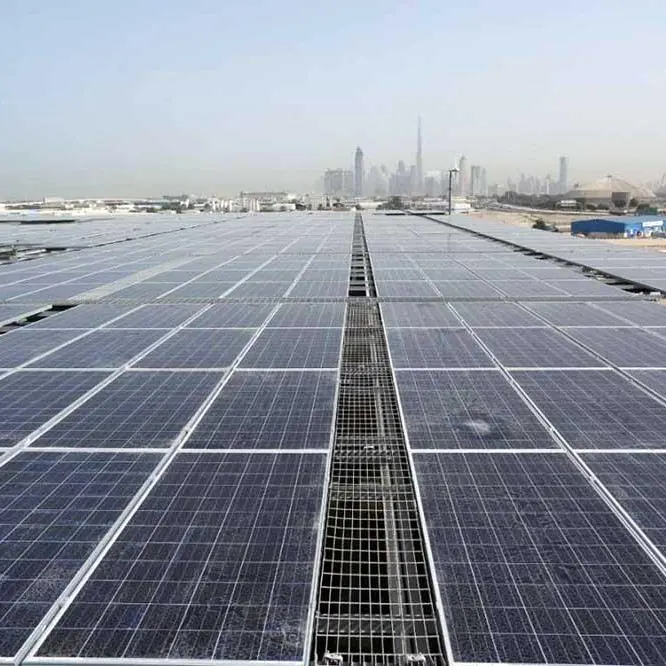PHOTO
According to recent IMF forecasts, global economic activity is projected to grow 3.7 per cent in 2018. Yet despite a solid outcome in aggregate, further upside to global growth appears limited and it appears that the global economy is near the peak of the current cycle.
This is exacerbated by tightening global liquidity as well as increasing geopolitical and trade tensions, which are likely to act as a speed limit on growth over the coming years. This is highlighted by recent data flow, which is indicative of slowing growth across most large advanced economies, while aggregate emerging market growth is currently being held up by India.
As a consequence, the narrative of synchronous global growth has now made way for more divergent outcomes between countries. Among the advanced economies, growth momentum in the United States has continued to hold up.
Annualised GDP through June and September remained solid, supported by a sizeable contribution from household spending. This is in part due to recently enacted tax cuts as well as monetary policy remains accommodative, albeit tightening.
The outlook for investment growth remains robust though is likely to slow due to softening mining investment. This was evident through the September quarter statistics and further weakness in oil prices is likely to weigh further on mining investment in subsequent quarters. Capacity constraints in the US economy persist, with the labour market continuing to tighten while wage pressures are continuing to build.
Core inflation has largely tracked the Federal Open Market Committees’ (FOMCs) two per cent target in recent months and with wage pressures building, the risk to inflation is on the upside. Unsurprisingly then, monetary policy continues to be tightened while further tightening is likely in 2019, with the FOMC expecting to raise interest rates twice this year.
In the other major advanced economies, the pace of growth evident through late 2017 has eased, though growth remains sufficiently strong to facilitate ongoing tightening of the labour market.
Europe and Japan
In Europe, a softer first quarter in 2018—in part related to the weather—has persisted throughout the year. High-frequency indicators such as industrial production, business surveys and retail sales data are indicative of a broad-based slowdown in economic growth across the continent.
This is also reflective of weaker growth in trade volumes relative to the start of the year. While aggregate growth has slowed, it is more a reflection of growth rates easing from a recent peak, rather than a reflection of a deeper slowdown.
This is evident in further reductions in unemployment while measures of labour market costs have accelerated. This has yet to flow through to higher core inflation, with the increase in headline inflation largely attributable to rising energy costs.
As a result of slower growth, and inflation remaining stubbornly below the European Central Banks’ target, monetary policy continues to be highly accommodative and is likely to remain so.
Echoing Europe, high-frequency indicators of the Japanese economy also suggest an easing in growth, with some downside risk to growth evident through the third quarter of 2018. This reflects a series of extreme weather events such as flooding, typhoons and a major earthquake, which is likely to impact measures of economic activity in the short-term.
Despite this, the underlying strength of the Japanese economy remains robust and this is reflected in improving labour market outcomes, represented by a solid rebound in wages growth over recent months.
This should be supportive of household spending going forward. As with Europe, core inflation remains low with headline inflation accelerating on rising energy costs. The absence of any acceleration in inflation means that easy monetary conditions are likely to persist for the foreseeable future.
Emerging Markets
Following a stellar year, emerging markets appear to have turned a corner in 2018, with measures of economic activity exhibiting signs of a slowdown and prospects softening somewhat.
Tailwinds to emerging market growth— such as ample US dollar liquidity, accelerating global growth and trade, and low volatility in financial markets are fading. This has taken its toll on emerging markets as a whole, as evidenced by recent sell-offs in emerging market assets.
In addition, those economies which had relied too heavily on external debt to fund growth have become especially vulnerable. Yet, despite a softer profile for emerging market growth, an emerging markets crisis appears unlikely.
With the exception of a few weak links, emerging market economies appear sufficiently resilient to withstand ongoing tightening of monetary conditions. Factors typically associated with episodes of emerging market crises—such as low foreign exchange reserves, high foreign currency debt and high inflation—are localised to only a few economies with limited spill over potential.
In addition, those economies which had relied too heavily on external debt to fund growth have become especially vulnerable. Yet, despite a softer profile for emerging market growth, an emerging markets crisis appears unlikely. With the exception of a few weak links, emerging market economies appear sufficiently resilient to withstand ongoing tightening of monetary conditions.
Factors typically associated with episodes of emerging market crises— such as low foreign exchange reserves, high foreign currency debt and high inflation—are localised to only a few economies with limited spillover potential.
As with advanced economies, the slowdown in emerging markets is fairly broad-based, though there are some exceptions. One such exception to softening emerging market growth in 2018 had been India, with solid growth rates evident through both June and September.
India and China
More recently, however, the Indian economy has not been immune to the broader slowdown. Measures of economic activity, such as industrial production and business surveys, indicate a slowdown in activity and high oil prices coupled with a sharp deterioration in currency is likely to weigh on household disposable incomes.
Much hinges on the outcome of the recent monsoon season, which had recorded lower-than-average rainfall. This could result in slower GDP growth in the December quarter given the sizeable contribution of agriculture to GDP.
Chinese growth has also slowed, as authorities have taken steps to contain the build-up of risks in the Chinese financial system. This is notable in the sharp pull-back in fixed asset investment by state-owned enterprises, which had been a stimulus to growth in recent years. At the same time, activity in the industrial sector has been subdued, reflective of weak industrial production elsewhere.
In contrast, services activity growth has held up reasonably well, which Chinese authorities attribute to ongoing growth in the information technology sector. In response to slowing aggregate growth and potential threats from an escalating trade war, Chinese authorities have announced a series of policies to ease the pace of slowing.
These included a targeted easing offiscal policy, a reduction in reserve requirement ratios for Chinese banks and liquidity injections into the banking system. Further slowing of Chinese growth is expected, though growth should remain relatively high by global standards.
In the other large emerging markets, conditions have softened considerably, particularly in the large Latin American economies, Turkey remains under external pressure and South Africa has recently emerged from a technical recession due in large part to a large decline in agricultural production.
Words of caution
With a number of emerging markets slowing, it is unsurprising that capital flows have slowed, adding further pressure to such markets. However, in aggregate the outlook for emerging markets as a whole remains solid and this should support global growth in the coming years.
Slowing growth in China is likely to be offset by India and other East Asian economies while some recovery is anticipated in Latin America. However, one should be cautious of downside risks to growth.
With global trade tensions ratcheting up and tighter US dollar liquidity, the potential for a sharper slowdown and policy mistakes are ever present, which could result in slower-than-expected growth, even if a crisis appears unlikely. Closer to home, higher oil price through the third quarter helped to boost confidence across the GCC and also provided some respite for regional fiscal balances.
At the same time, rising oil production also provided a boost to aggregate GDP growth across the region. Some of this is likely to unwind, however, given the fall in global oil prices through the December quarter. Nonetheless, for non-oil output, regional growth should remain fairly solid.
This is due to plans for expansionary fiscal policy across the region, with GCC governments having increased spending over the past year. This implies that the impact of fiscal drag on growth should slowly fade over time, though further fiscal reform will be required in the coming years.
A heavy emphasis across the region on expanding the SME sector, and the role new financial technologies may play in facilitating this, provide opportunities for growth of the financial services sector, following relatively soft credit growth in recent years.
© 2019 CPI Financial. All rights reserved. Provided by SyndiGate Media Inc. (Syndigate.info).












